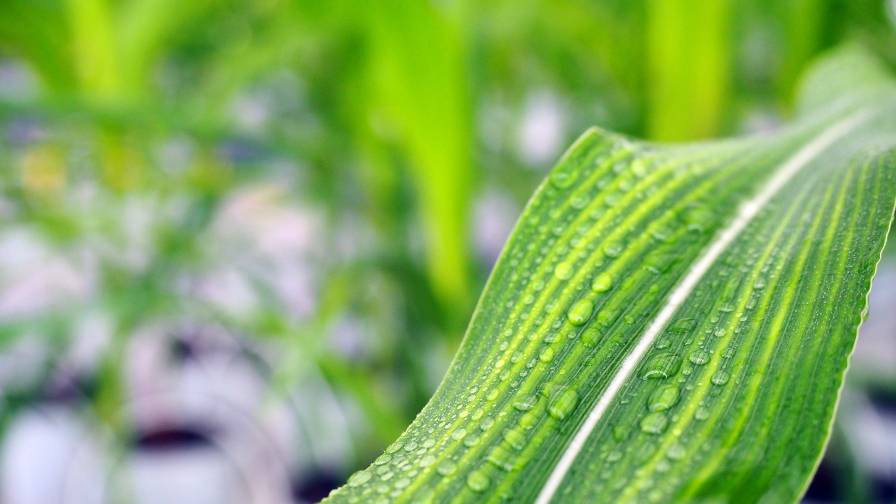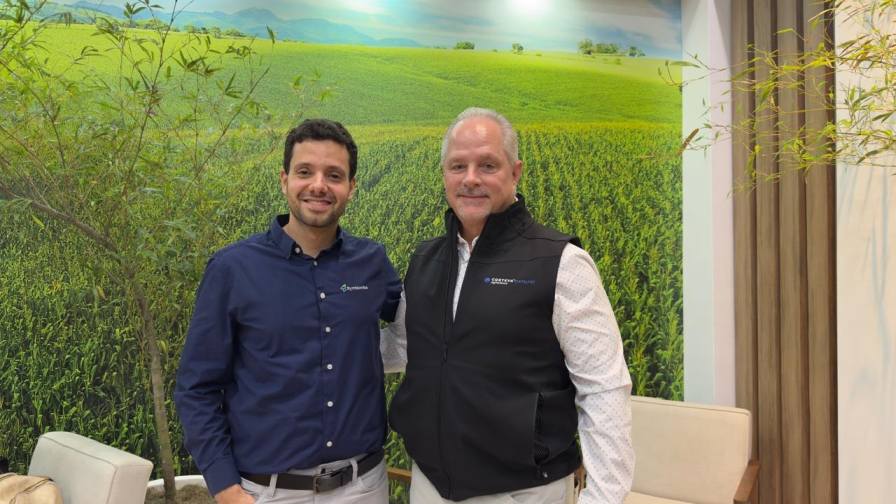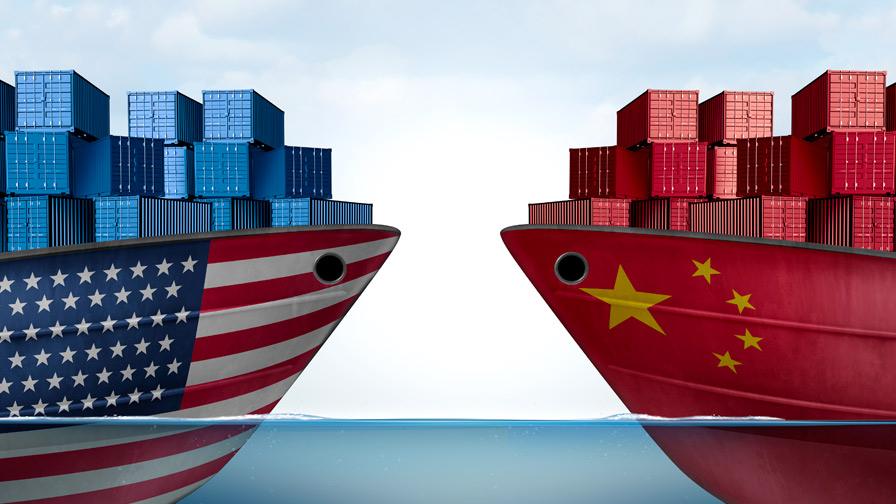Study Examines Fertilizers and Agrochemicals Use in Vietnam
A study by the Netherlands Embassy in Hanoi on the current situation of fertilizers and agrochemicals use in Vietnam and the potential market opportunities for the Dutch businesses, reports Hortidaily.
Vietnam is an agricultural nation with a natural area of 33.1 million ha in the mainland, ranking the largest 65th in the world. Agricultural land in Vietnam is 27.3 million ha, of which 42.2% is for agricultural production land, 54.7% is for forestry land and ~3% is water surface area for aquaculture. Agricultural production land is, however, fragmented by small pieces of which almost 70% are less than 0.5ha and 25% are from 0.5-2ha.
The average 2.84% growth rate of agriculture and average 14.5% contribution to GDP in the past 3 years (2018-2020) was done by the labor force of 25% of total labor in Vietnam (www.chinhphu.vn 2021) taking into account the fact that the labor force of Vietnam accounts for 49.5% of the country’s population.
Vietnam is divided into seven agricultural ecological areas from the north to the south. Each ecological area has its own advantages and focuses on certain key commodities like aquaculture, fruits, vegetables, flowers, livestock or industrial crops. Crop production is spreading along the country at a different scale from region to region. There it comes together with the demand for fertilizers and plant protection chemicals.
Over the past 3 years, the number of mineral and organic fertilizers registered has increased tremendously at >500% for organic fertilizer and ~ 50% for mineral fertilizer while the use of plant protection chemicals is in a downtrend, as presented in a conference by the Ministry of Agriculture and Rural Development of Vietnam late August 2021. The average use in the Mekong River Delta is found higher than the average in the whole country.
Research by An Giang University showed that there is a parallel development of rice production in Vietnam and the use of active ingredients and trade names of pesticides in the last 30 years. This is also shown by the increasing cost of agrochemicals in rice production. Out of 48.9% of the agrochemical cost in the total rice production cost, around 40% is spent on pesticides and 56% is on fertilizers. For a list of active ingredients allowed in Vietnam, click here.





